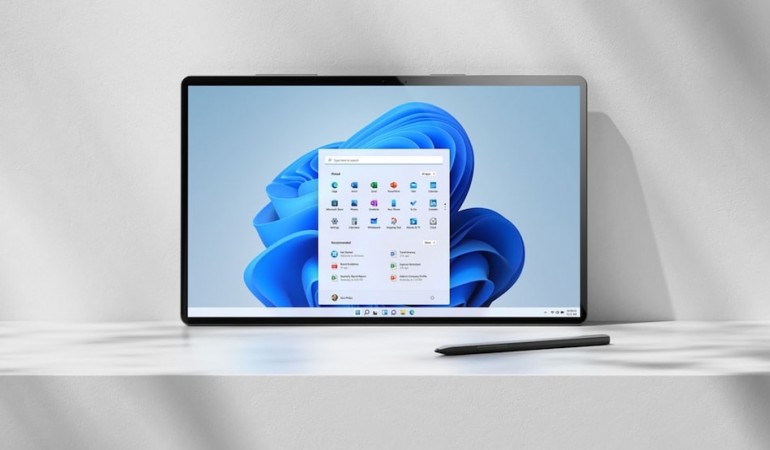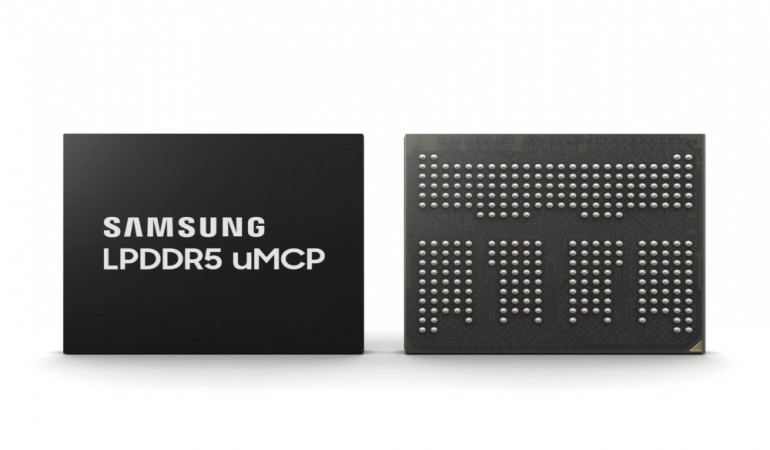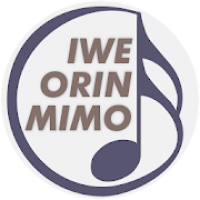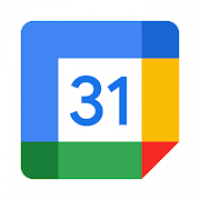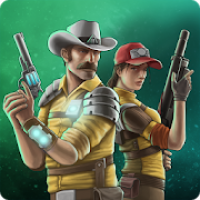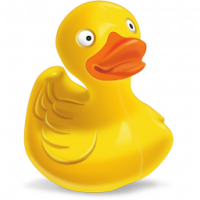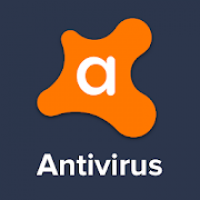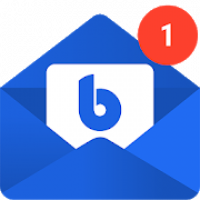Google Fuchsia OS finally rolls out
Google's mystery operating system, Fuchsia OS, is finally here and being used in the first-generation Nest Hub.
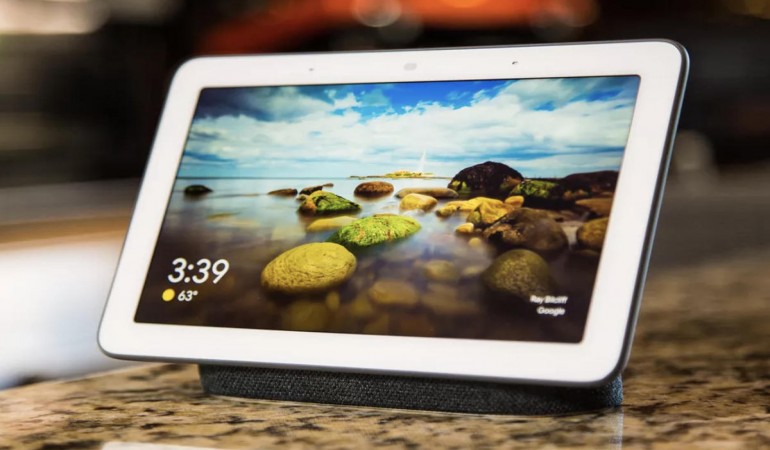
Since 2016, one of the biggest mysteries in tech circles was "What the heck was Google Fuchsia operating system?" A Linux replacement? A Google-specific Linux distribution? The end of Android? We eventually learned Fuchsia wasn't Linux, but it might be a Linux replacement in some situations. At long last, we finally know. It's, at least in its first version, an Internet of Things (IoT) operating system.
According to 9to5Google, "Fuchsia, is now running on real Made by Google devices, namely, the first-generation Nest Hub." The Nest Hub is a combination smart display and a voice-controlled smart speaker. The version getting the operating system update, however, is the 2018 model. The newer 2021 Nest Hub went on the market in April 2021. First-generation Google Nest Hubs are still available.
We know this story is accurate because Petr Hosek, technical lead of the Google Fuchsia OS toolchain team, announced on Twitter that, "You don't ship a new operating system every day, but today is that day." Hosek followed up by pointing to the 9to5Google story.
Google Nest owners may not notice a whit of difference. While Google has started updating the first-generation Nest Hub, the update won't change any of its functionality. If all works well, ordinary users will never notice that it's running Fuchsia OS instead of its original Linux-based operating system. Google can do this because its smart display experience is built with Flutter, its universal framework for building user interfaces.
For developers, Google opened the doors to third-party Fuchsia OS developers in December 2020. The Fuchsia OS code itself is open-source under the Apache 2 license. You can develop and work on the operating system in Linux. Fuschsia OS is written in C++, Rust, and Dart with some older code written in C.
Underneath it all is the Zircon operating system kernel. It's written primarily in C++. This microkernel also includes a small set of userspace services, drivers, and libraries. These are used to boot the system, talk to hardware, load userspace processes and run them, and not much more. The kernel manages several different Object types. Those that are directly accessible via system calls are C++ classes.
Fuchsia is a modular, object-based operating system. This implies you'll be able to use it on both low-powered, minimal-resource devices all the way to PCs. You'll simply add the object modules you'll need for each device.
So, where does Fuchsia OS go from here? We still don't know. But, at the very least, we know it's going to play a major role in Google's IoT plans.
